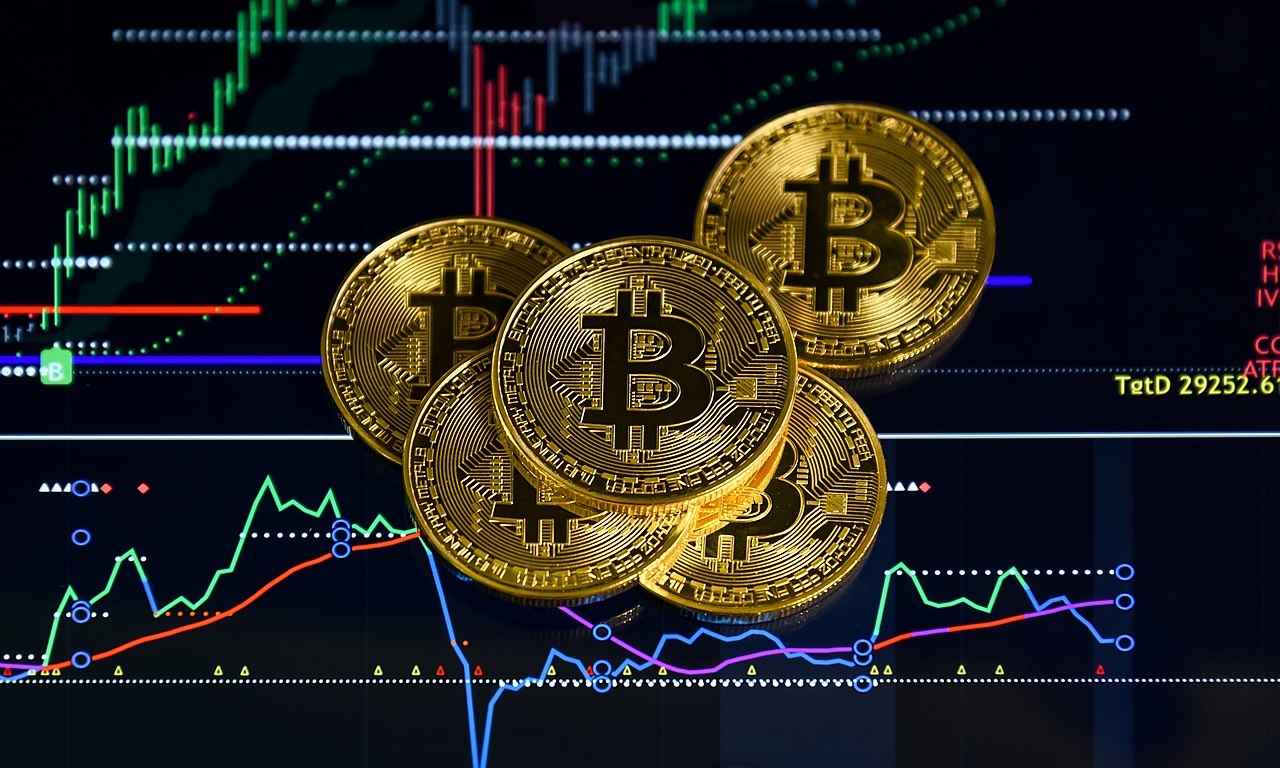Your crypto wallet notifications probably haven’t stopped buzzing since Monday. For the first time in its history, Bitcoin exceeded $120,000 on Monday. The virtual currency reached a high of $123,153.22, according to Reuters, before experiencing a slight decrease to $122,000.
The numbers tell a story that would make even skeptics pause. Bitcoin’s market cap now sits at $2.42 trillion, officially making it the world’s sixth-largest asset by value. That puts it ahead of companies like Tesla and closer to the big tech giants you use daily.
The ETF Effect Changes Everything
BlackRock’s IBIT alone holds over 700,000 bitcoin, while ETFs collectively purchased over $1 billion worth in recent days. The supply-demand imbalance is stark: during peak buying periods, ETFs have absorbed thousands of bitcoin while miners produce only 450 new coins daily. That’s like 20 people fighting over one concert ticket.
Strategy (formerly MicroStrategy) continues its bitcoin accumulation strategy with regular purchases. At this point, they’re a Bitcoin ETF disguised as a software company.
However, traditional finance voices remain cautious. JPMorgan’s Jamie Dimon has consistently criticized bitcoin, calling it “the crypto of choice for sex traffickers, money launderers, ransomware” in recent interviews. Federal Reserve officials have warned about potential systemic risks from widespread crypto adoption, while banking regulators continue to emphasize volatility concerns.
Washington Finally Pays Attention
Congress scheduled votes during “Crypto Week” on three major bills: the CLARITY Act, the Anti-CBDC Surveillance Act, and the GENIUS Act. After years of regulatory limbo, lawmakers are addressing crypto’s legal status. Think of it as the tech industry’s version of when smartphones finally got proper app stores.
Treasury Secretary Janet Yellen has called for improved stablecoin regulation and clearer oversight frameworks, though concerns remain about tax evasion and consumer protection. The Securities and Exchange Commission continues to emphasize the need for robust regulatory structures.
Industry leaders remain optimistic about bitcoin’s long-term prospects. As one prominent crypto advocate puts it: “Everybody wants Bitcoin … the greatest show on Wall Street.”
Reality Check: Volatility Strikes Back
Bitcoin’s victory lap didn’t last long. The price tumbled to $117,000 by July 15th as long-term holders realized significant profits during the peak. Classic crypto behavior—what goes up dramatically tends to come down just as fast, especially amid surging Bitcoin price predictions.
The sell-off highlights crypto’s persistent challenge: extreme volatility. Your gains can evaporate faster than your phone battery during a software update. Banking regulators point to this instability as evidence that crypto assets need stronger consumer protections before mainstream adoption.
What This Means for Your Digital Future
This surge feels less like GameStop’s meme-stock frenzy and more like watching Apple’s methodical climb to trillion-dollar status. Institutional adoption is transforming crypto from speculative gambling into a legitimate financial infrastructure, mirroring GameStop’s $500M Bitcoin bet.
If Congress passes crypto-friendly legislation, expect broader integration into mainstream finance apps, better hardware wallet support, and clearer tax guidelines. Your banking app might finally stop treating crypto transfers like suspicious activity.
The regulatory clarity could separate serious digital assets from speculative noise, potentially stabilizing prices while opening new investment opportunities. Just remember—even institutional backing doesn’t eliminate crypto’s wild price swings.






0 Comments